Published on September 18, 2023.
How to Choose the Right Glass
Let’s cover the basics!
1. Red Wine Glass
A Red Wine Glass is, of course, used for red wine. It will be a little larger than ‘normal’ wine glasses, with a rounder bowl. This enables the wine to be swirled easily to help aerate it and bring out all the aromas and flavours.
A long stem is also important as it keeps the hand away from the drink in order to prevent it from becoming too warm.
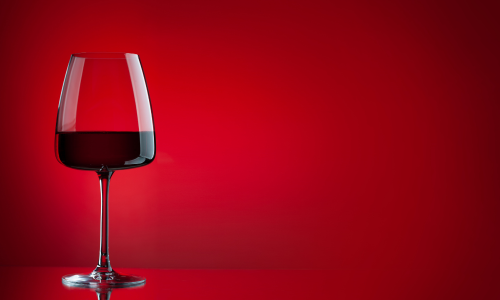
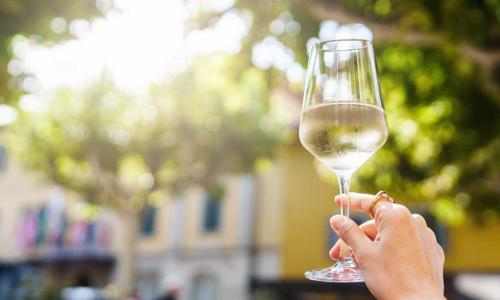
2. White Wine Glass
White Wine Glasses are used for white and rose wine. They tend to have a smaller mouth area than a red wine glass. The smaller surface area will avoid too much oxidization of the wine. This will retain the lighter, more delicate notes that white and rose wines generally have.
They also have long stems which keeps the heat of your hand away from the wine.
3. Flute Glass
Flute Glasses are used for sparkling wine and sparkling wine cocktails. They are slimmer and taller with an even smaller mouth area. This is to preserve as many bubbles as possible, keeping your wine and cocktails as lively as when the bottle was first opened.
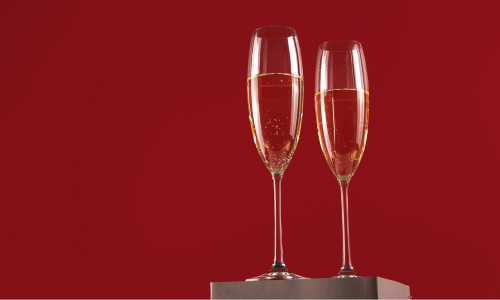
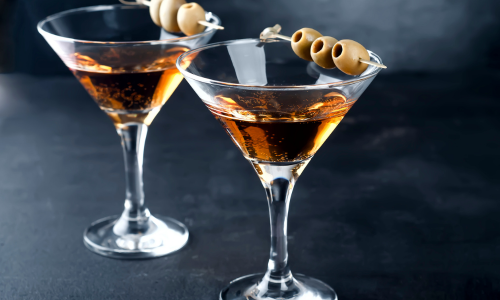
4. Cocktail Glass
The classic, traditional Cocktail Glass is for cocktails without ice, such as martinis. It is shaped like an inverted cone and comes in a variety of sizes, usually around 3 to 6 ounces.
The shape of the glass has evolved due to the interesting aromas that come from different cocktails. The large surface area allows the nose of the drinker to get close to the surface of the drink and fully enjoy its scent and taste.
5. Highball Glass
A Highball Glass is a glass tumbler used to serve ‘tall’ cocktails, as well as other mixed drinks that contain a large proportion of a non-alcoholic mixer such as a G&T. This glass allows you to have the drink poured over a lot of ice to keep it very cold.
It is often interchangeable with the Collins Glass, although the highball glass is shorter and wider in shape.
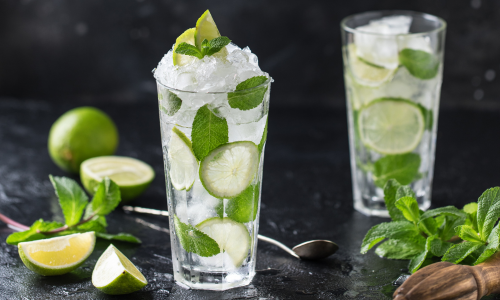
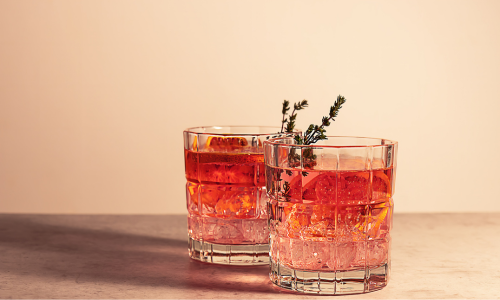
6. Lowball Glass
The Lowball Glass can also be called an Old Fashioned glass, or a Rocks Glass. They are all a short tumbler with a solid base which holds around 6 to 8 ounces of liquid. The solid base aids with drinks that require ‘muddled’ ingredients.
Lowball glasses can also be used for serving a neat pour of liquor, such as whiskey.
7. Irish Coffee Glass
The Irish Coffee Glass holds hot cocktails such as an Irish Coffee or a Hot Toddy. It is made with heat-resistant glass so it does not shatter from frequent use.
There is also a short stem and a handle attached, to enable you to hold the drink comfortably without getting burned.
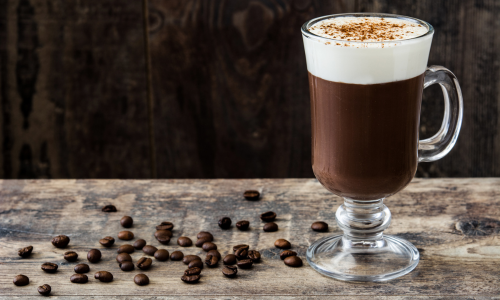
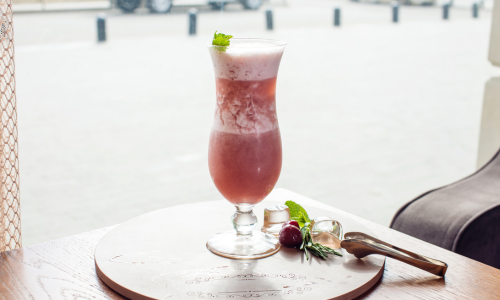
8. Hurricane Glass
The Hurricane cocktail was made in the 1940s by tavern owner, Pat O’Brien. He poured his drink into a huricane lamp-shaped galss the that name was born.
The glass can hold a lot of liquid and ice and can be held onto easily. It also makes tropical cocktails look even more fun!
9. Martini Glass
Martini Glasses were developed after the Cocktail Glass (as above) were no longer big enough for the variety of martinis that evolved in the 1990s. Serving sizes grew and more ingredients were added.
Martini glasses differ from the traditional cocktail glass by generally having a larger bowl and being fully conical at the bottom.
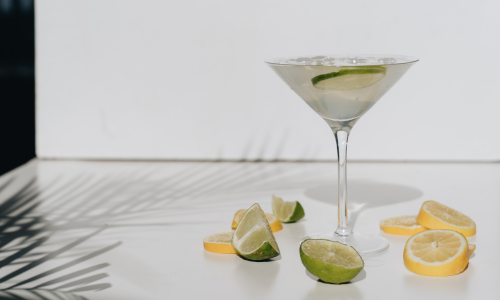
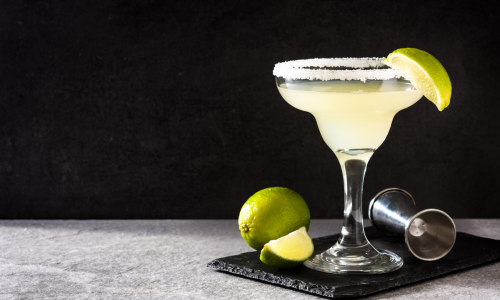
10. Margarita Glass
The Margarita Glass is another specialty glass for a specific drink with its own unique glassware, Margaritas were traditionally served in a margarita glass; a “stepped-diameter variant of a cocktail glass.” These may be rarely seen in general bars and homes, as it has become the norm to serve margaritas in many other vessels, from pint glasses to double Old Fashioned glasses.
11. The Glencairn Whisky Glass
This specialty piece was developed by Glencairn Crystal Ltd. The intention was to get he most out of any flavours when drinking whisky.
Master blenders would use glasses like this when making spirirts, and therefore, this glass was born to expose more aroma with the wide bowl. This is also used to show off the colour. The tapered mouth allows for easier drinking.
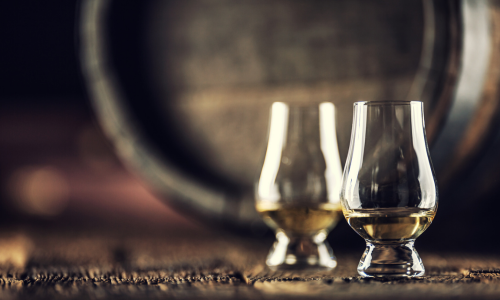
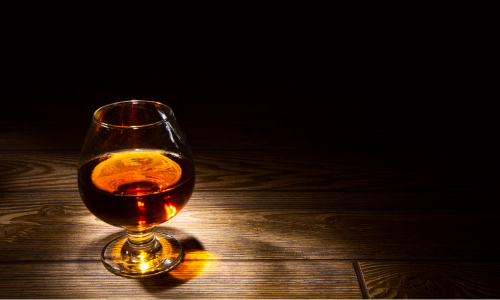
12. Snifter Glass
The Snifter Glass has a very large bowl so that the drink can be swirled easily and well. The shorted mouth then traps the aromas that escape, allowing the drinker to smell and taste all the flavours present. The glass is mostly used for brown spirits, such as brandy and whisky, which are usually sipped. The shorter mouth allows sipping to be easier.
The very short stem is supposed to be cradled in the hand, helping warm the drink it contains.
13. Pint Glass
The pint glass is by far the most popular beer glass used. Almost cylindrical in shape, the pint glass has a slight taper and wide mouth. It is currently the standard used glass for most lagers, pale ales, and pilsners as well as ciders.
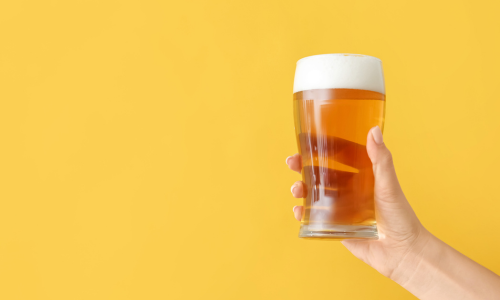
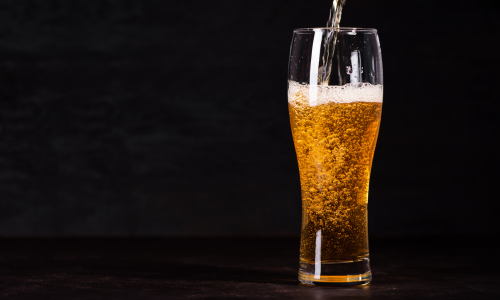
14. Weizen Glass
The Weizen Glass is tall and thin with a wide opening. It was specifically created to help with the larger volume and a head that foams more than other beers, such as wheat beers. It helps to balance and release those banana/clove/citrus aromas that wheat beers are known for.
15. Goblet/Chalice Glass
Goblets are stemmed, bulbous glasses of medium size, perfect for a healthy pour of Belgian ales, German bocks, and other big heavy beers. Chalices are very similar in size and shape, but with somewhat thicker glass and heavier stems. They both aim to maintain a head of around one inch and use a wide mouth for easy sipping.
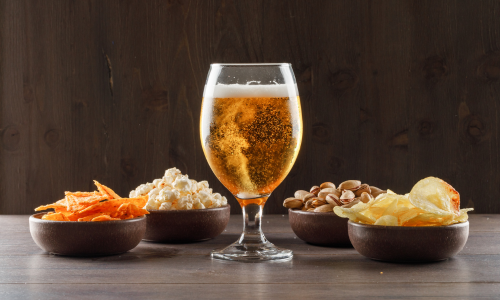
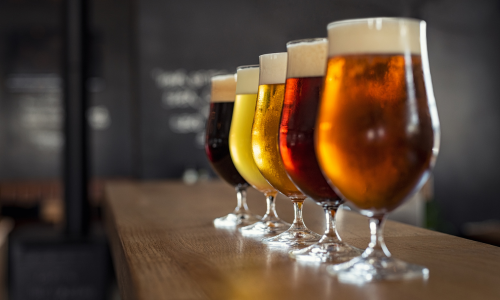
16. Tulip Glass
Named to reference its shape, the tulip glass begins rounded at the stem, but has an elongated top, maintaining the head of more effervescent beers such as pale ales, while also trapping the more forward aromas of Scottish ales and American double/imperial IPAs.




